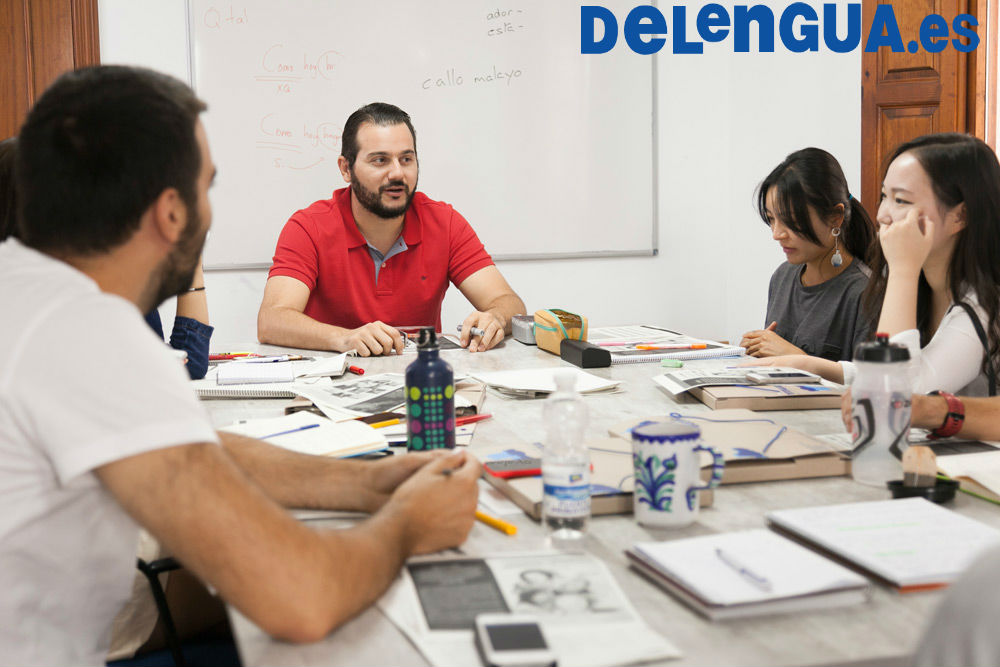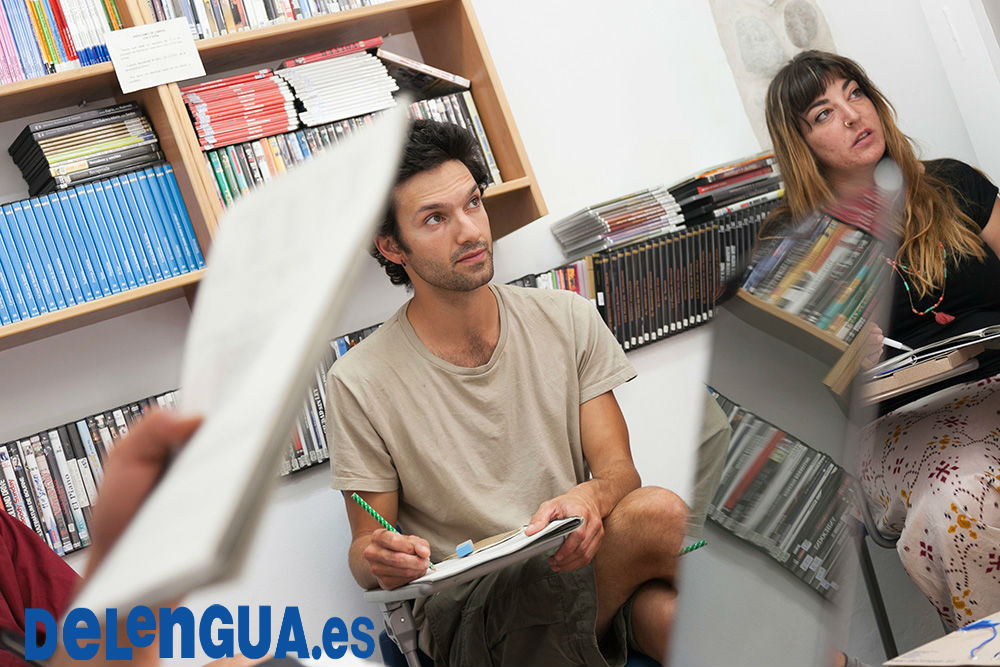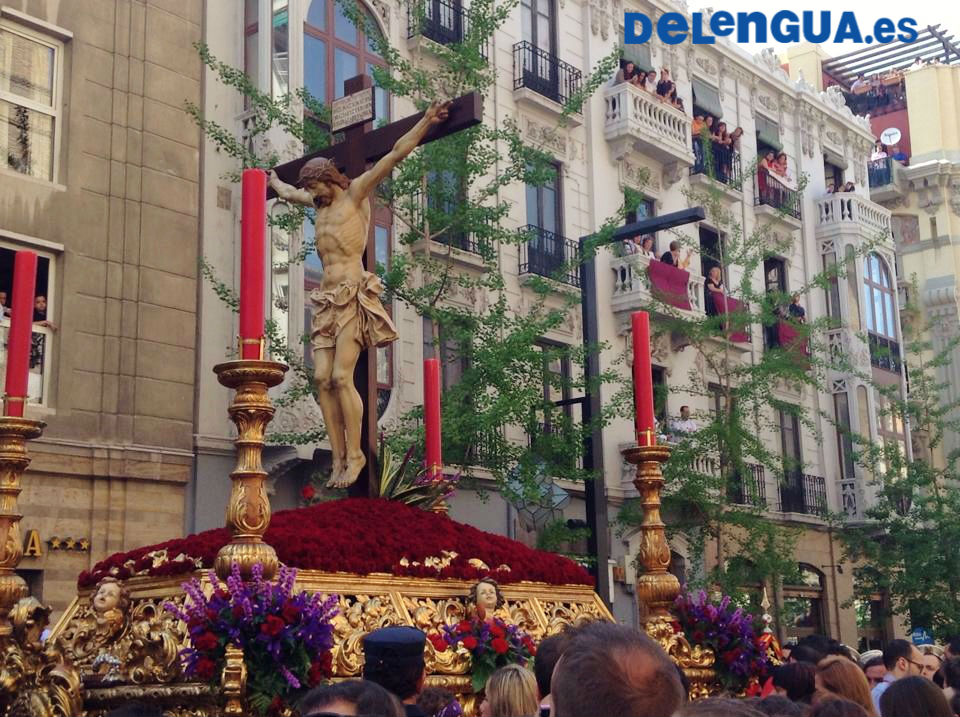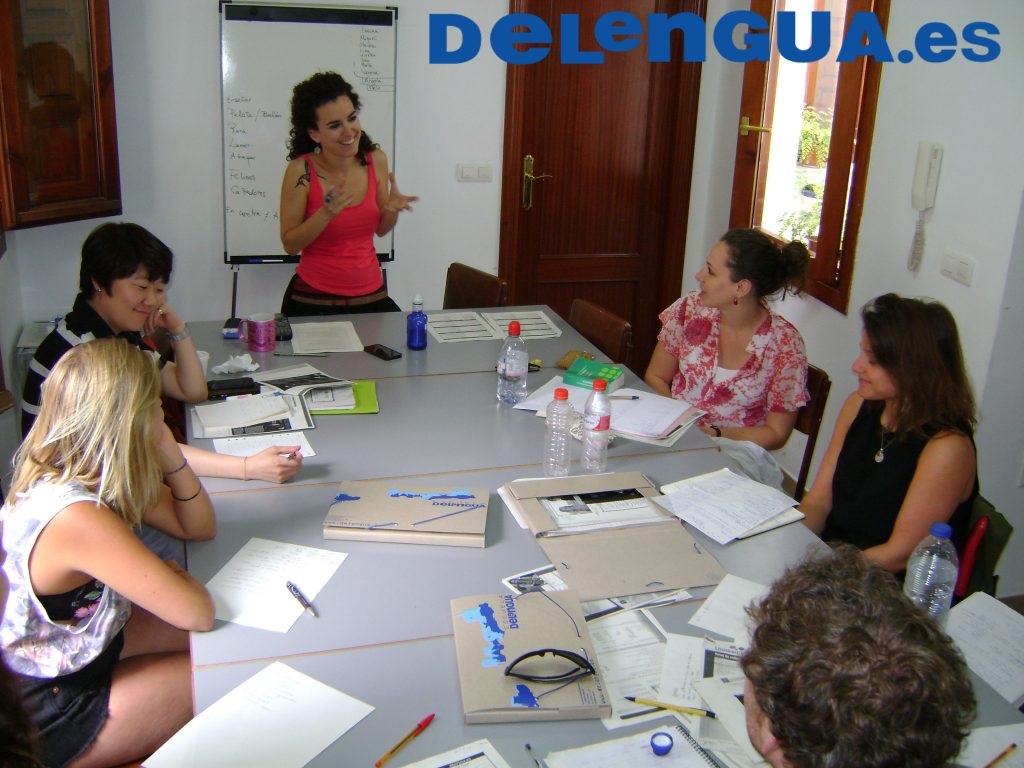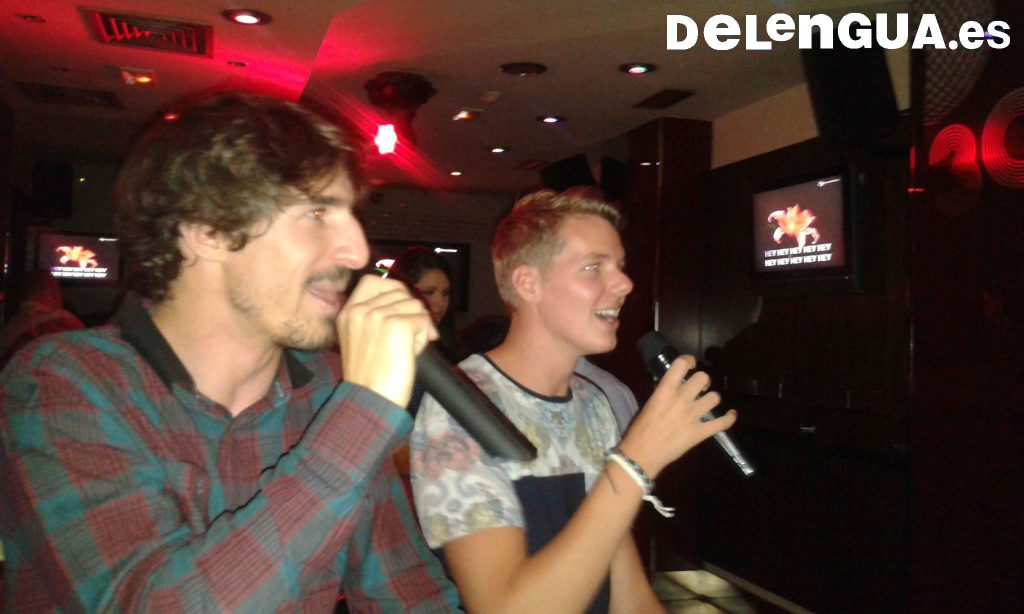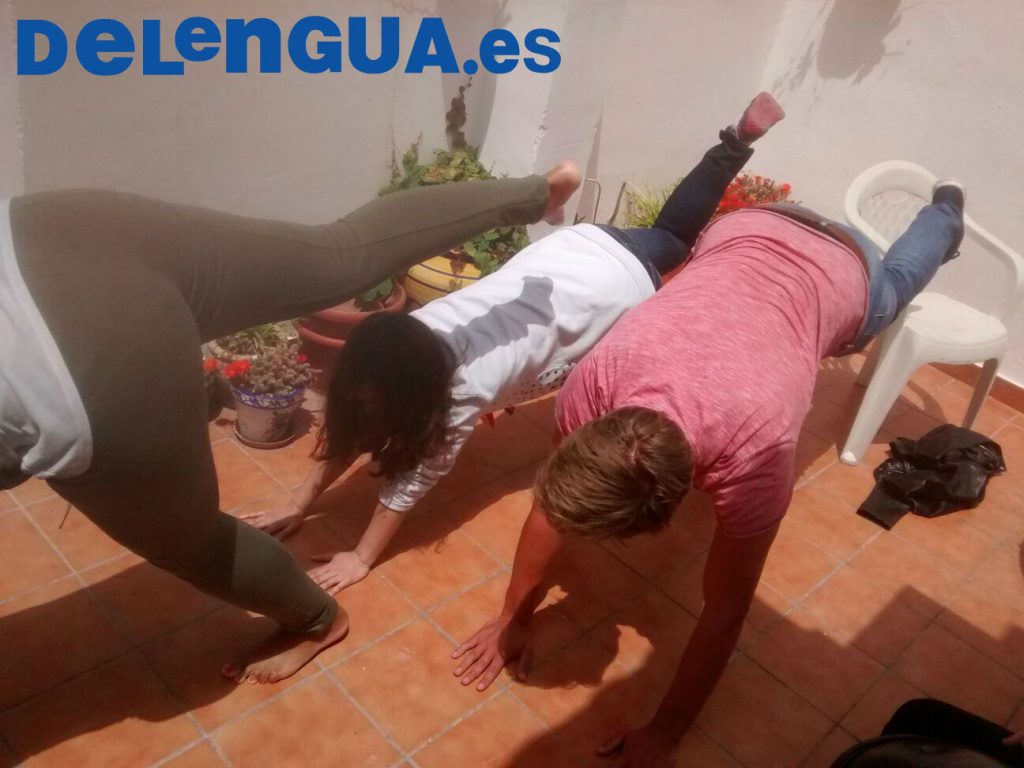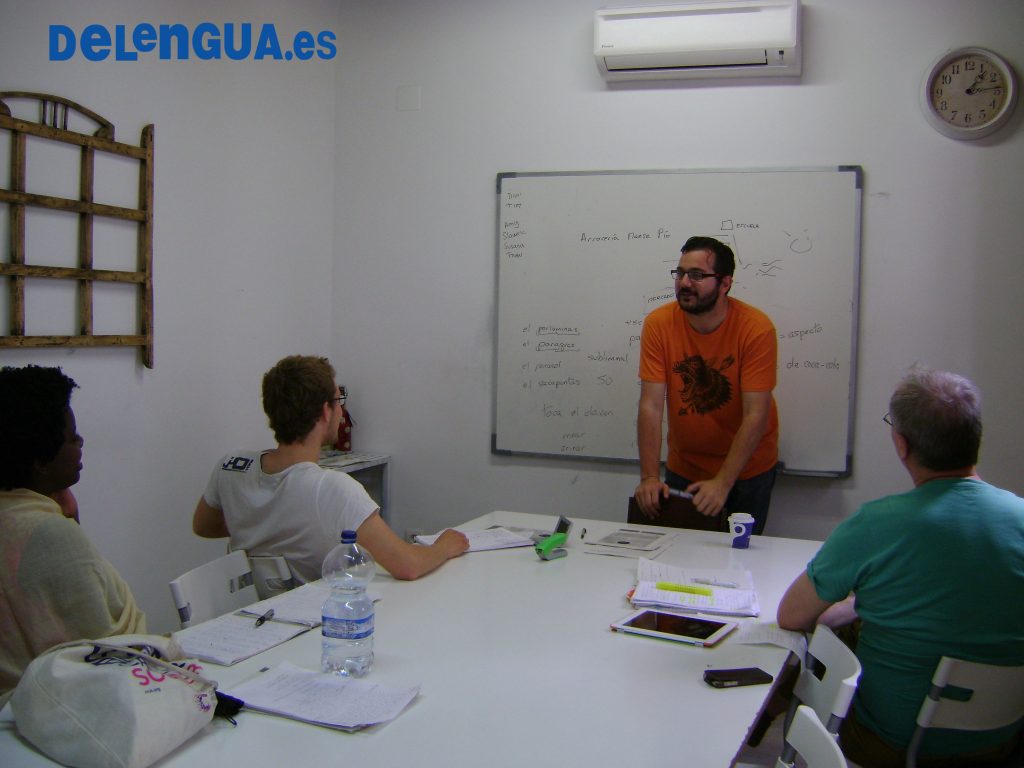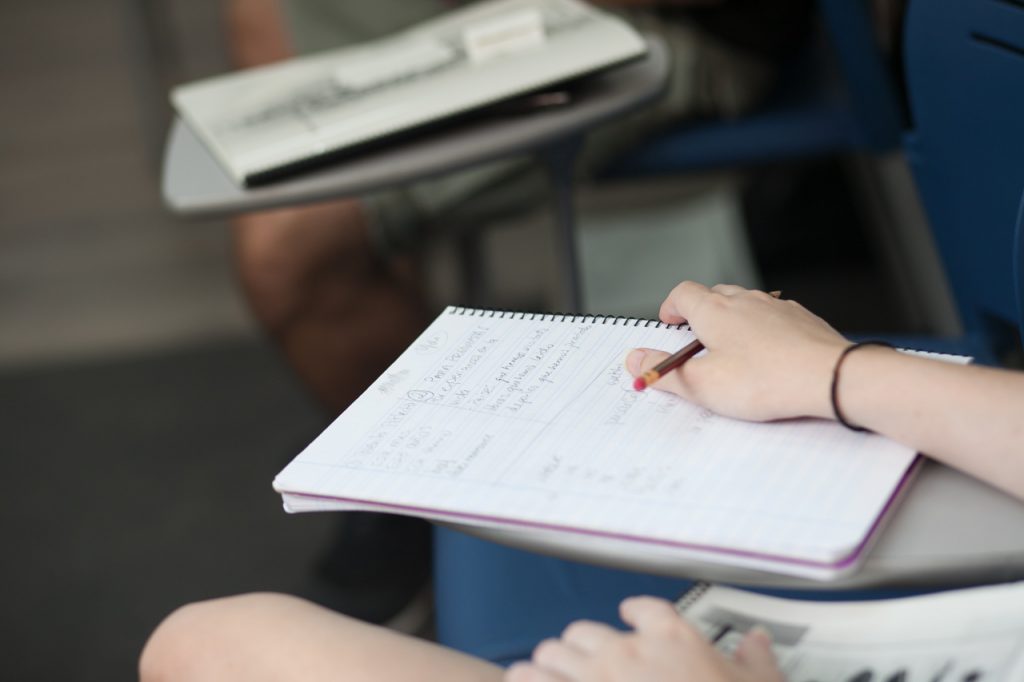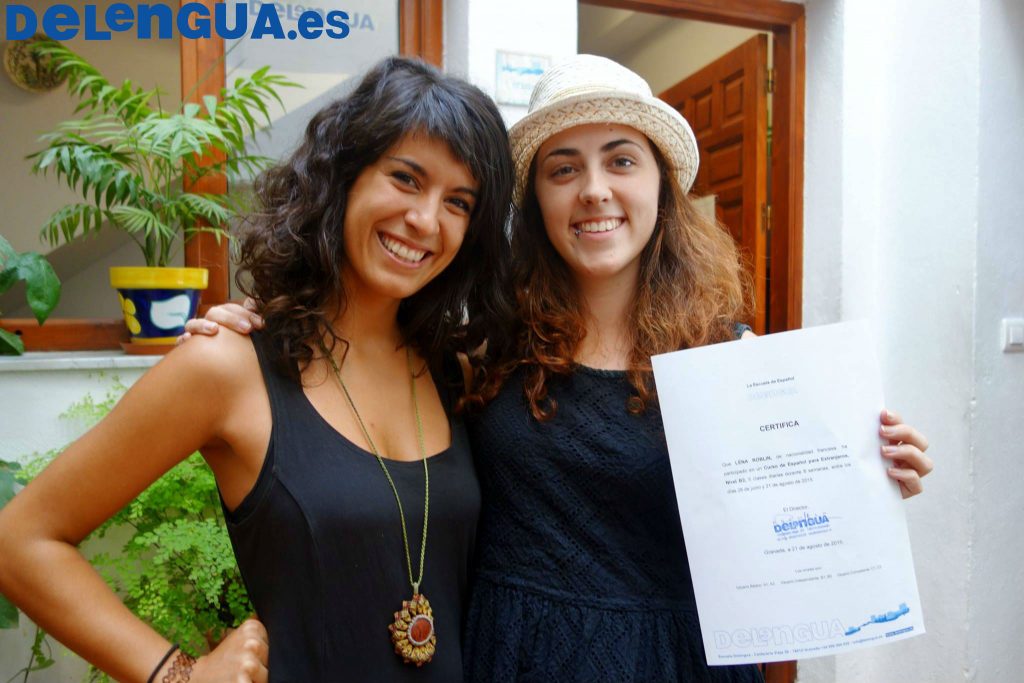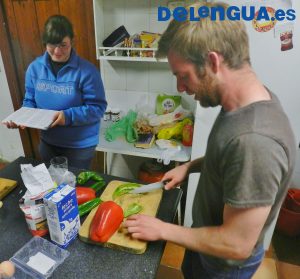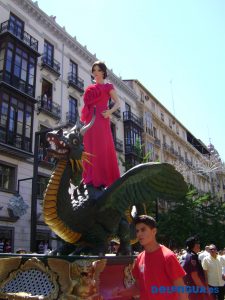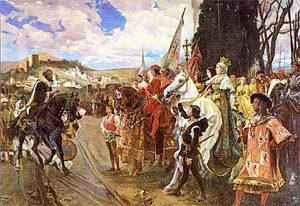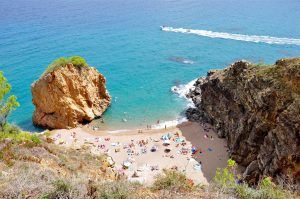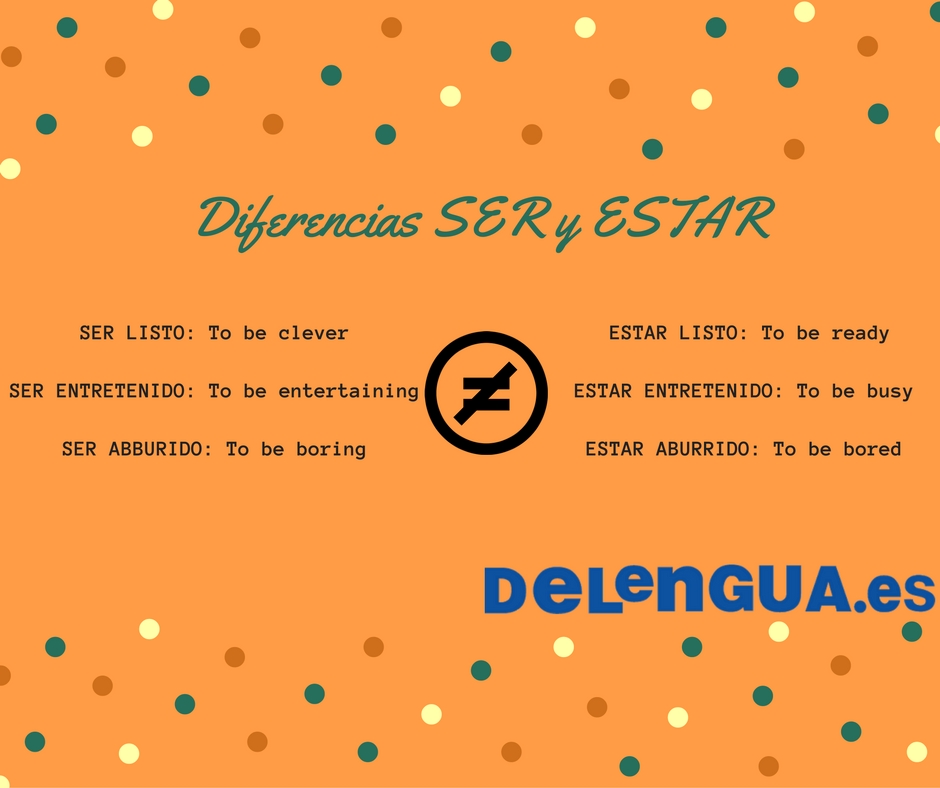| Español | Inglés | |
|---|---|---|
| El Día de la Tarasca es el primer día de la feria del Corpus Christi. Con una procesión, este día debe preludiar a feria granadina que es muy importante para los ciudadanos. Normalmente muy puntual sale el desfile con la Tarasca a las 12:00 horas del mediodía del ayuntamiento. Desde allí muchos curiosos al lado de las calles Reyes Católicos y la Gran Vía ya le esperan con impaciencia. Porque la Tarasca es más que sólo un desfile para anunciar los días del Corpus Christi. La Tarasca es un maniquí que está sobre la espalda de un dragón. Acompañado por charanga y bandas de música, el maniquí sobre el dragón presenta las últimas tendencias de la moda actual. Y como cada maniquí, también la Tarasca tiene un ayudante que le ayuda a elegir la ropa adecuada y vestirse. Sólo en el caso de este maniquí especial no es un diseñador sino un técnico de cultura del Ayuntamiento de Granada. Pero no lo hace con menos pasión. Porque la Tarasca tiene mucha historia y la gente que trabaja para que esta feria sea un éxito siempre lo hace con mucha pasión.
Tradicionalmente el desfile con la Tarasca está encabezado por los gigantes y cabezudos que deben encarnar los grandes Reyes Católicos y a los últimos reyes de la dinastía nazarí que gobernaron Granada, Boabdil y Moraima. Los Reyes Católicos, Isabel de Castilla y Fernando de Aragón, eran los reyes que encabezaron la Reconquista y que crearon el Corpus Christi como feria mayor en Granada. Al igual que el día de la Tarasca es parte de Granada, también lo es también la Escuela Delengua. No sólo ofrecemos cursos de español. Igualmente es importante para nosotros que nuestros alumnos aprendan algo sobre la vida y la cultura española, sobre nuestras costumbres y nuestra historia. Si a ti te interesa aprender español y también algo más sobre España y nuestra sociedad, ¡apúntate a uno de nuestros cursos! |
The Day of the Tarasca is the first day of the Feast of Corpus Christi. With a procession this day should prelude the feast of Granada which is very important for the citizens. Usually the procession with the Tarasca leaves on time at 12:00 o’clock noon from the city hall. From there on lots of curios onlookers in the streets Reyes Católicos and Gran Vía wait impatiently. Because the Tarasca is more than just a procession to announce the days of the Corpus Christi.The Tarasca is a mannequin which stands on a dragons back. Accompanied by a marching band and other music bands, the mannequin on the dragon presents the latest fashion of the season. And like every other model the Tarasca has a helper, too, who helps her to find the right clothes and to dress up. It’s just, that this special model doesn’t have a designer who helps her but a cultural engeneer of the city hall of Granada. But he doesn’t support with less passion. Because the Tarasca has got a long history and the people who work for this feast to be a success, always do this with lots of passion.
Traditionally the procession with the Tarasca is leaded of gigants and big puppets made of carton which are supposed to constitute the Catholic Kings and the last kings of the dynasty of arabians who ruled Granada, Boabdil and Moraima. The Catholic Kings, Isabel of Castilla and Ferdinand of Aragon, were the kings who lead the catholic recapture of Granada and whomade Corpus Christi the major feast of Granada. Like the Day of the Tarasca is part of Granada, is it the language school Escuela Delengua. We don’t just offer sppanish programmes. It’s also important for us, that our students learn something about spanish live and culture, about our costums and our history. If you, too, are interested in learning Spanish and about Spain and our society, sign in for one of our programmes! |
For more information visit our website:
Search
Archives
-
Recent Posts
Tags
activities Alhambra Andalucía Andalusia Aprende español en España Aprende español en Granada Cine Español cinema cultura Cursos de espanol en Granada Cursos de español Cursos de español en España Cursos de lengua Cursos de lengua en España Cursos de lengua en Granada Delengua activities España español fiesta film flamenco Gramática Española / Spanish Grammar Granada hiking in the Sierra Nevada la lengua española Language courses language courses in Granada language courses in Spain learn Spanish learn Spanish in Granada Learn Spanish in Spain Pedro Almodóvar senderismo en la Sierra Nevada Sierra Nevada Spain spanish Spanish Courses Spanishcourses in Granada Spanish courses in Granada Spanish Courses in Spain Spanishcourses in Spain Spanish Grammar Spanish Language School the Spanish grammar the Spanish Language
